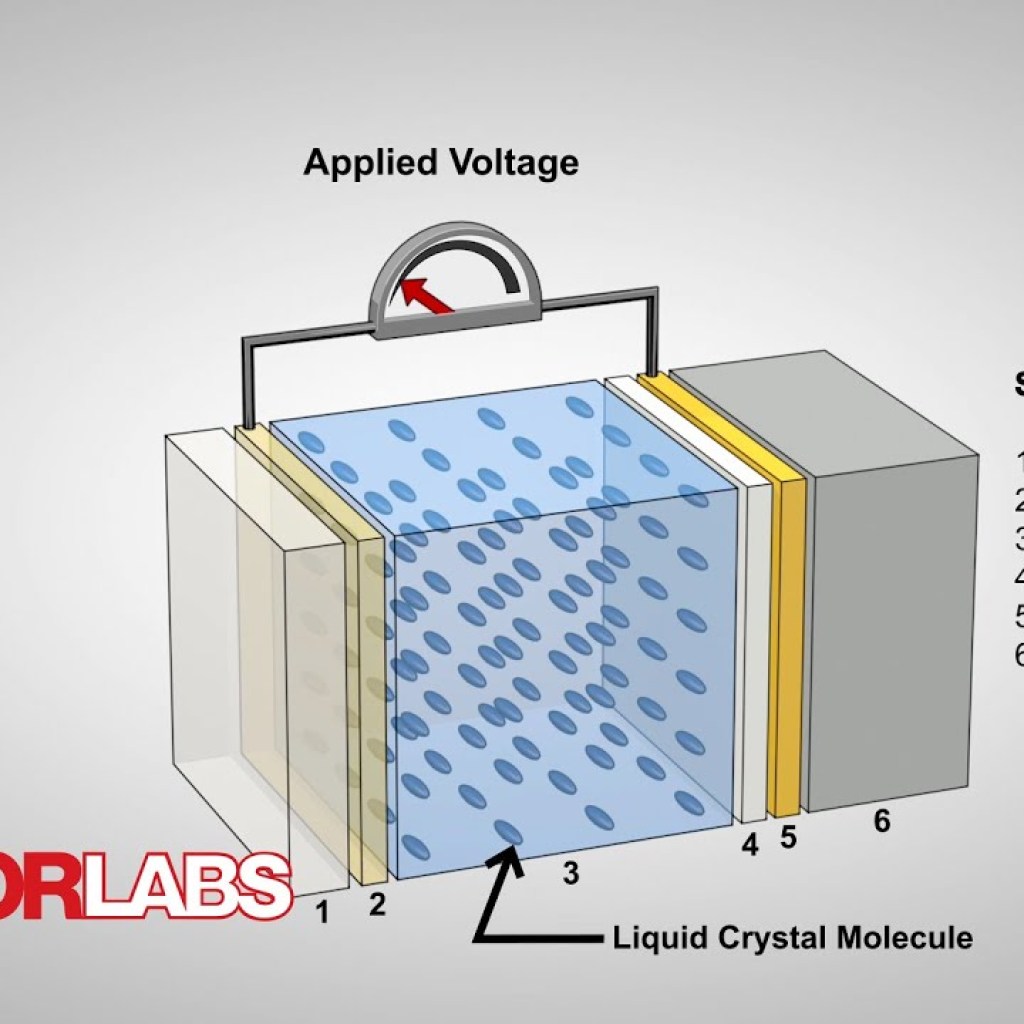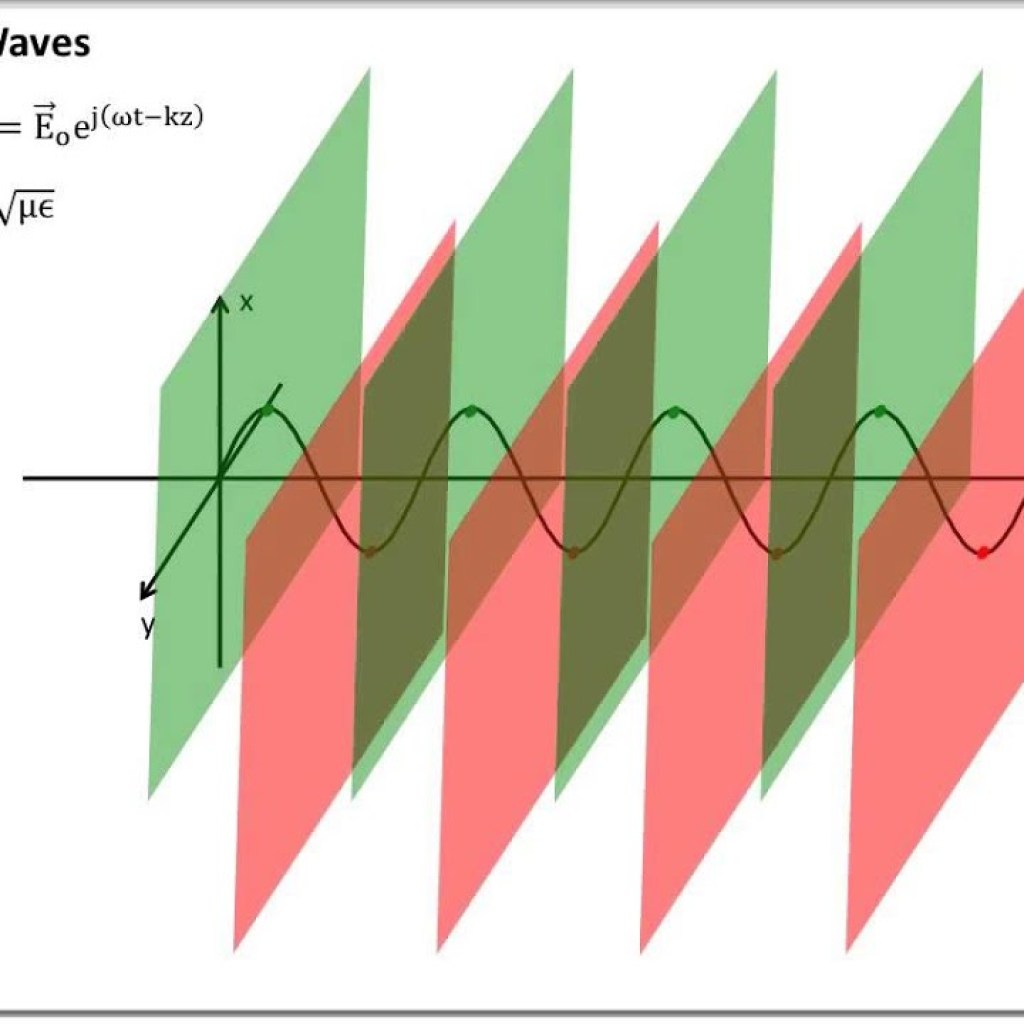Pump Absorption
Source: The Furnace Outlet – The Furnace Outlet The Importance of Pump Absorption in Lasers and Amplifiers Understanding Pump Absorption In optically pumped lasers and amplifiers, the gain medium is powered by pump light. Efficient pump absorption is crucial for the power efficiency of these devices. The degree of absorption can be calculated based on […]







